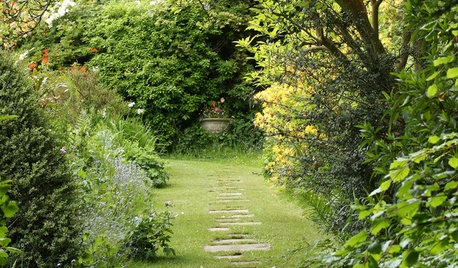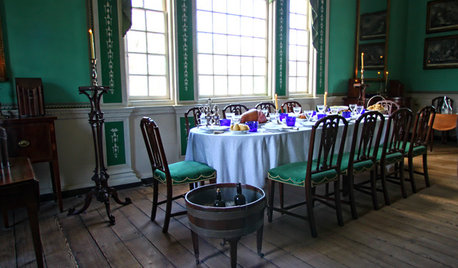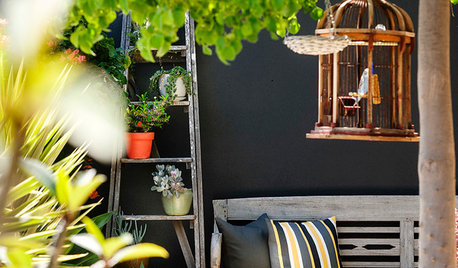Can hard water kill plants?
bfreeman_sunset20
14 years ago
Featured Answer
Sort by:Oldest
Comments (10)
joepyeweed
14 years agolast modified: 9 years agojeremyjs
14 years agolast modified: 9 years agoRelated Professionals
Mountain Brook Landscape Architects & Landscape Designers · Richmond Heights Landscape Architects & Landscape Designers · Alexandria Landscape Contractors · Manchester Landscape Contractors · Chattanooga Landscape Contractors · East Hanover Landscape Contractors · St. Louis Landscape Contractors · West Haverstraw Landscape Contractors · Shorewood Decks, Patios & Outdoor Enclosures · Cape Coral Decks, Patios & Outdoor Enclosures · Commerce City Decks, Patios & Outdoor Enclosures · Detroit Decks, Patios & Outdoor Enclosures · Fort Myers Decks, Patios & Outdoor Enclosures · Hayward Decks, Patios & Outdoor Enclosures · Randolph Decks, Patios & Outdoor Enclosuresjean001
14 years agolast modified: 9 years agotapla (mid-Michigan, USDA z5b-6a)
14 years agolast modified: 9 years agobfreeman_sunset20
14 years agolast modified: 9 years agobfreeman_sunset20
14 years agolast modified: 9 years agotapla (mid-Michigan, USDA z5b-6a)
14 years agolast modified: 9 years agobfreeman_sunset20
14 years agolast modified: 9 years agotapla (mid-Michigan, USDA z5b-6a)
14 years agolast modified: 9 years ago
Related Stories

HOUSEPLANTS8 Houseplants You Can't Kill
They're forgiving and let you forget. Houseplants don't get any easier than this
Full Story
MOST POPULARThe Perfect Houseplant for People Who Kill Houseplants
If you can fill a jar with water, you can keep golden pothos vine happy — and it will pay you back with cleaner air and a greener home
Full Story
CONTAINER GARDENSContainer Garden Basics: How and When to Water Potted Plants
Confused about soil moisture, the best time to water and what watering device to use? This guide can help
Full Story
GARDENING GUIDES3 Easy Ways You Can Garden for Nature
Your choice of plants can help wildlife while cleaning the air and water
Full Story
COLORWhen Color Could Kill: Stories From the History of Paint
Delve into paint's storied past — what you learn about its history and modern incarnations may surprise you
Full Story
GARDENING GUIDESYes, You Can Grow an Edible Garden on a Hot, Dry Site
Difficult garden spots don’t need to deter you from planting trees, herbs and other delicious food plants
Full Story
GARDENING GUIDESGreat Design Plant: Anemone Canadensis Adds Pizzazz to Water’s Edges
Plant Canadian anemone along pond, lake or stream edges for a splash of white flowers in late spring
Full Story
URBAN GARDENSPlant a Garden That Can Move With You
Think mobile when planning your outdoor space and you can enjoy it wherever you move next
Full Story
LIFEHard Winter? 9 Ways to Battle Cabin Fever
We know a lot of you are trapped where it just won’t stop snowing. Here are some ways to survive
Full Story
GARDENING GUIDESHerb Garden Essentials: Grow Your Own Delicious Mint
Pull out a pot for this one. Mint's spreading habit and hard-to-kill nature can be a blessing — if you're properly prepared
Full Story







luckygal